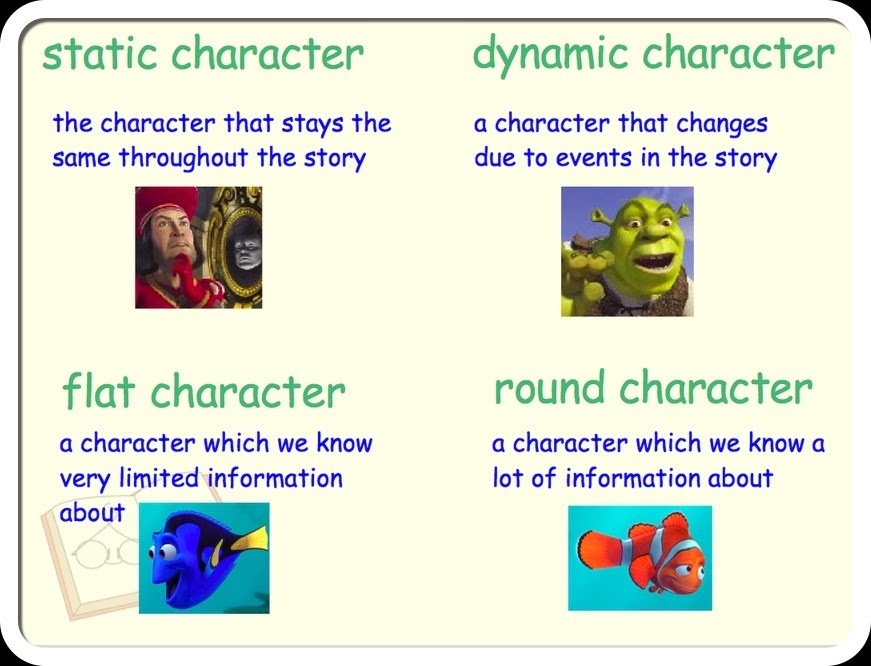

Static characters aren’t always an ideal choice for a central character, especially if you’re trying to create a very relatable protagonist and establish deep PoV. Do you need static characters in your story? It’s more difficult to relate to a character who remains static, never changing their mind, opinions, or approaches to life throughout the story. That’s easier when they see the character struggling with-and overcoming-internal weaknesses over the course of their character arc.

Your reader wants to feel deeply connected to your main character. They never learn that maybe they should find a solution for their anxiety or that meddling wins you no friends.īecause of this, static characters rarely work well-especially for modern readers-as main characters. If they start the story as an anxious, meddlesome neighbor who pokes their nose into everyone’s business, at the end of the story, they’re still the same. They start the story one way and, despite all external factors and plot events occurring around them, don’t really experience any true internal change. So how does character arc play into static characters? Simple-a static character doesn’t have one. They start their story at one end of the arc and, during the story’s events, travel along the arc and end up on the other side-where they’re somehow changed, either for better or for worse. While a character arc matters most for your protagonist, just about every character in a novel can have their own arc.Ī character arc takes your character on an internal journey. One of the main things that any book or article on novel plotting will mention is character or narrative arc. A static character can be rich and complex, but doesn’t undergo any significant change. At the beginning they’ll exhibit certain strengths, weaknesses, and beliefs, and then those elements will still be in place at the end of the story. A static character is a character who remains the same for the entire story, and doesn’t change as the story progresses.


 0 kommentar(er)
0 kommentar(er)
